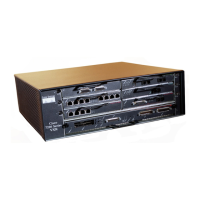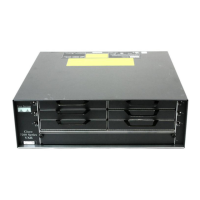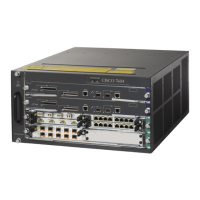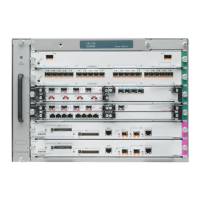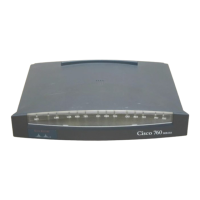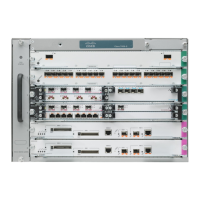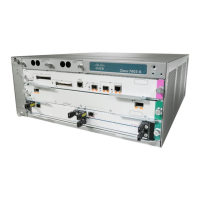3-18
Cisco uBR7200 Series Universal Broadband Router Software Configuration Guide
OL-2239-03
Chapter 3 Configuring Cable Modem Interface Features
Configuring the Upstream Cable Modem Interface
To return the upstream time-adjustment ranging value to the default of 2 seconds, enter the following
command in cable interface configuration mode:
Router(config-if)# no cable upstream usport time-adjust continue
To return the upstream time adjustment threshold value to the default of 1 second, enter the following
command in cable interface configuration mode:
Router(config-if)# no cable upstream usport time-adjust threshold
Verifying Upstream Timing Adjustment
To determine if upstream timing adjustment is configured and activated, enter the show running-config
command and look for the cable interface configuration information. If upstream timing adjustment is
enabled, either or both of the continue and threshold timing-adjustment entries appear in the show
running-config command output. If both the continue and threshold upstream timing adjustments are
disabled, no timing adjustment entry appears in the show
running-config command output.
Tip Perform the following steps if you are having difficulty with verification:
Step 1 Verify that the cable connections are not loose or disconnected.
Step 2 Verify that the cable interface line card is firmly seated in its chassis slot
Step 3 Verify that the captive installation screws are tight.
Step 4 Confirm that you have entered the correct slot and port numbers.
.
Configuring Upstream Rate Limiting and Traffic Shaping
You can configure rate limiting and traffic shaping on a DOCSIS upstream channel. This delays the
scheduling of the upstream packet, which in turn causes the packet to be buffered on the cable CPE
device, instead of being dropped. This allows the user’s TCP/IP stack to pace the application traffic
appropriately and approach throughput commensurate with the subscriber’s defined QoS levels.
To configure this, use the following command in cable interface configuration mode.
Using Cisco IOS Release 12.0(5)T1 or higher, the software supports:
Command Purpose
Router(config-if)# cable upstream
usport
time-adjust continue seconds
Sets the minimum timing adjustment that allows continued
ranging status. Valid second values are 2
to 64 seconds.
Default = 2 seconds.
Router(config-if)# cable upstream
usport time-adjust threshold seconds
Sets the timing adjustment threshold value in seconds. Valid
second values are 1to 32 seconds. Default
= 1 second.
Router(config-if)# end
Router#
Returns to enable (privileged EXEC) mode.
Command Purpose
Router(config-if)#[no] cable upstream <n1>
rate-limit [token-bucket]
Enables or disables DOCSIS rate limiting or
shaping on an upstream channel. <n1> depends on
the number of upstream channels on the specific
cable interface line card.
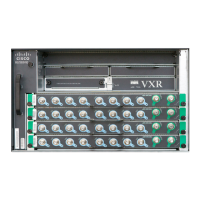
